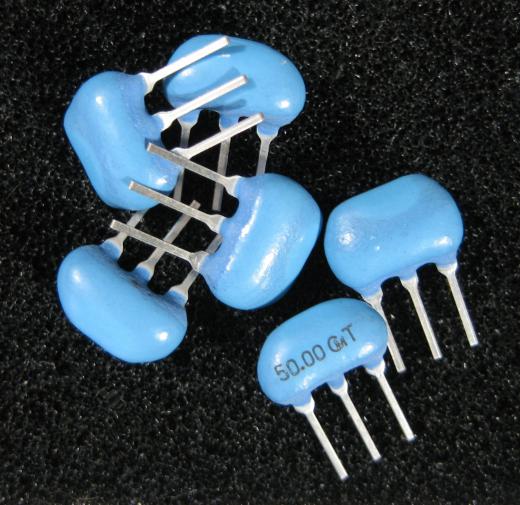A barrier metal is a thin layer of metal, either in plating or film form, that is placed between two objects in order to prevent soft metals from contaminating other objects. For example, the copper and brass components in modern chips and circuits always include a thin layer of metal plating around them to avoid corrupting the crystalline semiconductors themselves. Sometimes, barrier metals are made of ceramics such as tungsten nitride rather than actual metals, but they still are considered barrier metals.
Barrier metals require specific physical properties in order to be useful to the semiconductor industry. Obviously, the barrier metal needs to be inert enough to avoid contaminating the surrounding materials itself; however, semiconductor fabrication is built around the the flow of electricity throughout the device. As such, the barrier metal needs to be conductive enough that it avoids stopping electrical flow.

Very few metals meet both of those criteria, which means that only a small handful of materials act as a barrier metal in semiconductors. Titanium nitride is the barrier metal most commonly found in semiconductors. Chromium, tantalum, tantalum nitride and tungsten nitride also are used.
Conductivity and hardness aren't the only two properties taken into account with a barrier metal; the thickness of the barrier metal also plays a crucial role in its effectiveness. Soft metals such as copper can penetrate a barrier that is too thin. Any soft metal that penetrates a thin barrier might contaminate the vulnerable object on the other side. On the other hand, metal plating that is too thick significantly affects the flow of electricity in the circuit. Semiconductor engineers spend a lot of time in testing labs trying to get the balance just right.
Not all barrier metals shield crystalline semiconductors, however. Soft metals corrupt harder metal surfaces just as easily, and that contamination can result in product failure in high-tech devices. A thin layer of inert metal preventing the contact of two other metals is known as a diffusion barrier. Diffusion barriers are often found between layers of plate metals and will shield metallic components from soldering.
The metals used for a diffusion barrier aren't always the same metals used to protect semiconductors, although devices that rely on the flow of electricity between their metal components might use the same barrier metals as semiconductor devices. In general, plate metal diffusion barriers require the same inert properties as semiconductor barriers, but they also need to be able to adhere to the different metals on either side of them. Gold, nickel and aluminum are three common metals used for diffusion barriers.
